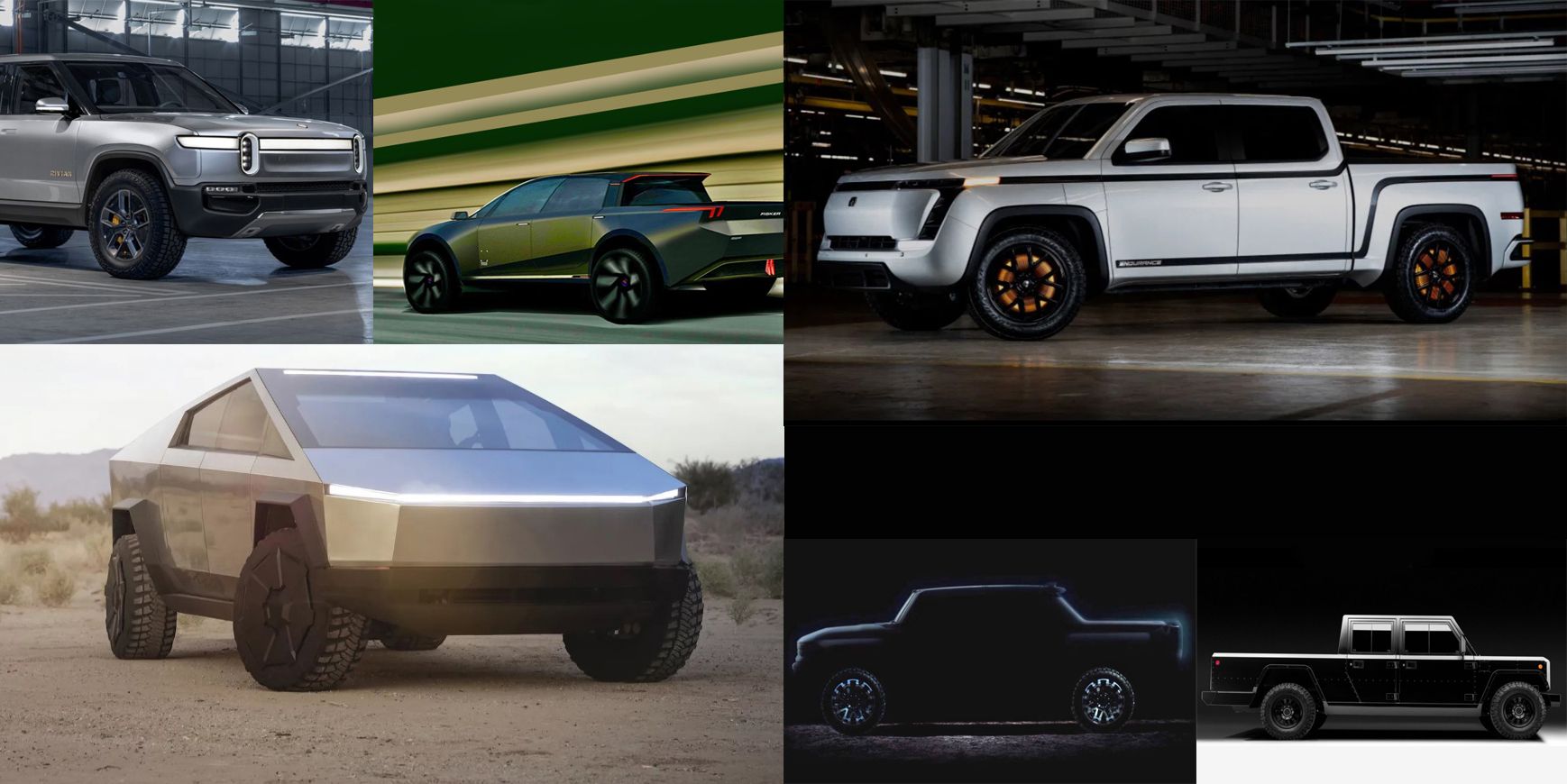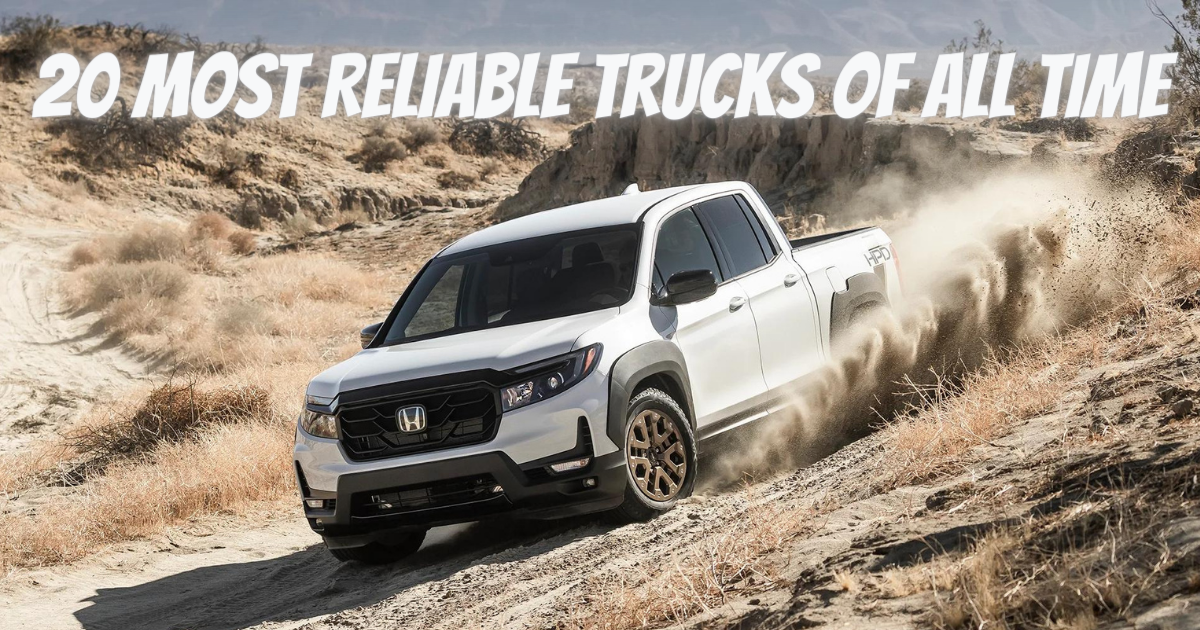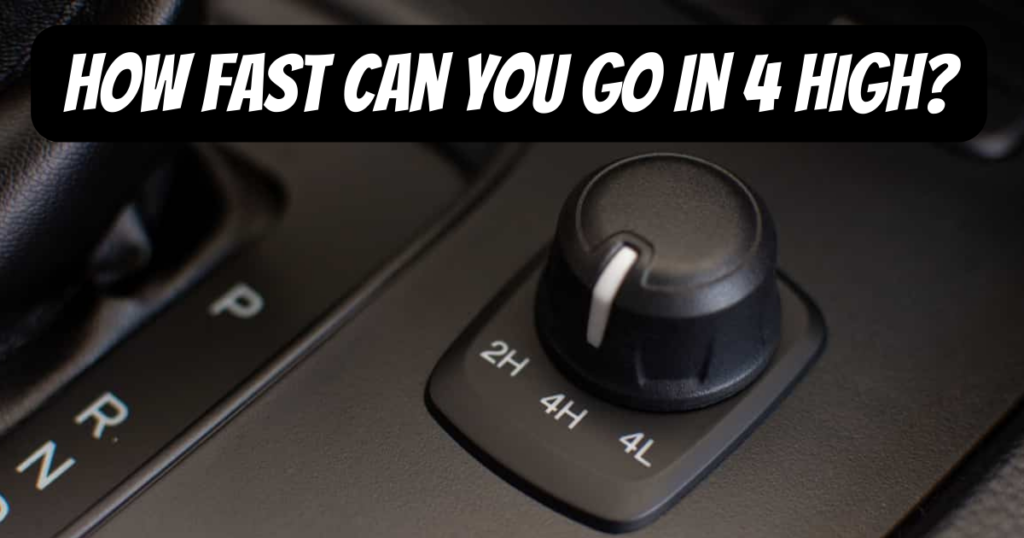
Four-wheel drive (4WD) vehicles have gained popularity due to their impressive off-road capabilities and ability to navigate through challenging terrain. However, when it comes to speed, many people are curious about how fast they can go in 4 High, a mode commonly used for high-speed driving on off-road terrain.
The answer to the question “How fast can you drive in 4 high” is about 55 mph (88 km/h). But what happens if you go beyond that? Not much at all. However, if you are traveling at speeds greater than 55 mph, you don’t need 4WD or are completely insane.
However, the answer is not that simple, as several factors can affect the speed of a 4WD vehicle in 4 High mode. For instance, the terrain you are driving on, the vehicle’s design, and the driver’s skill level all play crucial roles in determining the safe and optimal speed you can drive in 4 High mode.
What Does the 4×4 Mean?
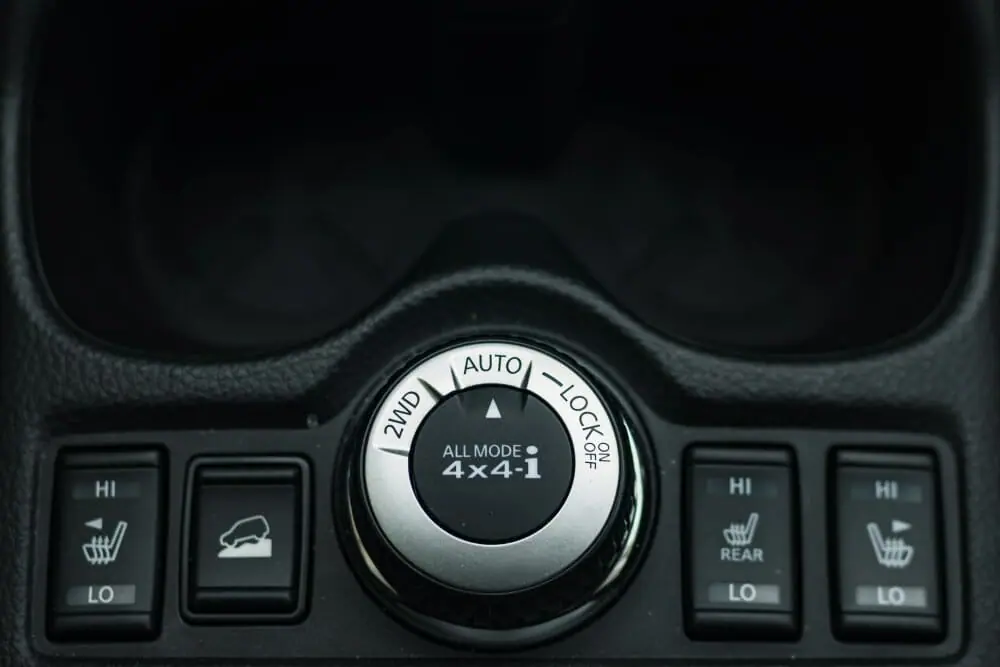
The term “4×4” refers to a four-wheel drive system, which means that all four wheels of the vehicle receive power from the engine, which is why it is also known as 4WD. 4 High is a four-wheel drive mode designed for use in low-traction situations such as snow, mud, or sand.
Four-wheel drive systems are typically used in vehicles that are designed for off-road use, as they provide greater traction and stability on uneven or low-traction surfaces. However, they can also be used in normal driving conditions to provide better handling and stability in adverse weather conditions.
Some 4×4 cars have a system that runs all the time, while others may have an “on-demand” system where power is sent to the wheels only when needed, called the AWD system. It is important to note that four-wheel drive systems are typically more complex and heavier than two-wheel drive systems, which can result in reduced fuel efficiency and higher maintenance costs.
When to Use the 4×4 High Mode?

The 4×4 High mode is designed to provide extra traction and stability in low-traction situations such as driving on snow, ice, gravel, sand, or mud. Using the 4×4 High mode is typically recommended when driving in off-road conditions, such as traversing rocky or uneven terrain or driving on steep inclines or declines.
Additionally, 4×4 High can be useful for towing heavy loads, providing additional power and torque to the wheels to help move the load. It is important to note that 4×4 High should not be used on dry, paved roads, as it can cause unnecessary wear and tear on your vehicle’s tires and engine and reduce fuel efficiency.
Additionally, driving in 4×4 High mode on dry pavement can cause the tires to slip and lose traction, leading to reduced control and increased risk of accidents.
How Fast Can You Drive in 4 High?

The maximum speed at which you can safely drive in 4 High will depend on various factors, including the specific vehicle, the terrain, and the driving conditions. When you’re in 4 high mode, you can usually go as fast as your vehicle’s speed limit lets you.
Even though you should think about the speed restriction and the dangers of driving that fast, you can go as fast as you want on the open section of a private road. Consider 4 high as if you are driving a regular car. There are no speed limits and no chance of transmission or engine damage.
Can You Drive in 4 High All the Time?
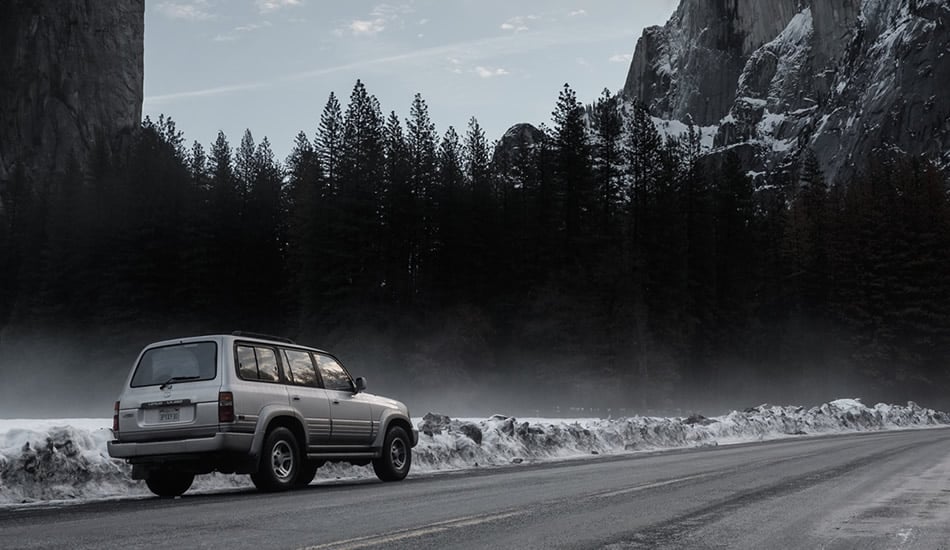
While it is technically possible to drive in 4 High all the time, it is not recommended for normal driving conditions. Additionally, four-wheel drive vehicles are often heavier and less aerodynamic than two-wheel drive vehicles, which can also lead to decreased fuel efficiency.
When driving on dry, paved roads, you should switch to 2-wheel drive mode to maximize fuel efficiency and reduce wear and tear on your vehicle. So, if you are driving on the road with varying traction conditions, switching in and out of 4 High is best as needed.
In addition, ruts can form after it rains, and you may not have time to avoid them. If those ruts are deep, you can get a puncture or harm suspension parts. When traveling on a snowy highway, doing 60 miles per hour asks for trouble.
Thus, even though the car can go that fast, doing so might not be wise. In 4WD, it is preferable to maintain a speed of between 30 and 40 mph on dirt roads and snow-covered highways. When the weather clears up, switch back to 2WD and stick to the speed limit. Ultimately, it is important to consult your vehicle’s owner’s manual and follow the manufacturer’s recommendations for using the 4 High mode.
Does It Hurt Your Vehicle to Drive in 4 High?
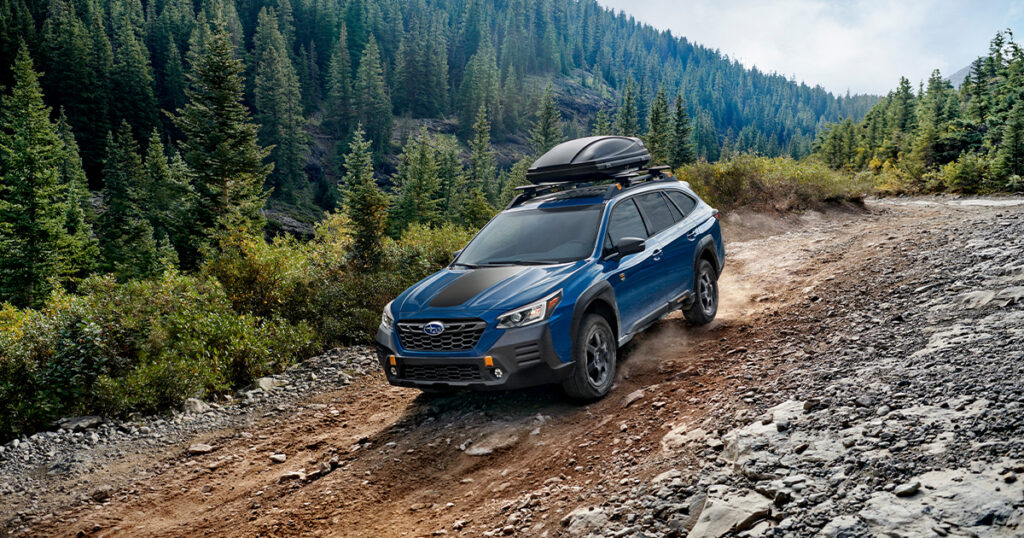
The short answer is no. However, this is only accurate if 4WD is used appropriately. Generally, 4WD should be turned on only when the car is on loose surfaces like snow, mud, or dirt. However, significant risks involve traveling at speed on a dirt road or a snowy highway.
Since there will naturally be less traffic on a dirt road than in an area with paved roads, animals are much more likely to be encountered. Additionally, dirt is a loose surface, so if a bend is tighter than you thought, you could easily lose control and fall into a ditch.
Effects of Driving Fast in 4 High
Driving too fast in 4-wheel drive, especially in 4 High mode, can affect the braking, handling, and cornering of the vehicle in the following ways:
1. Braking:
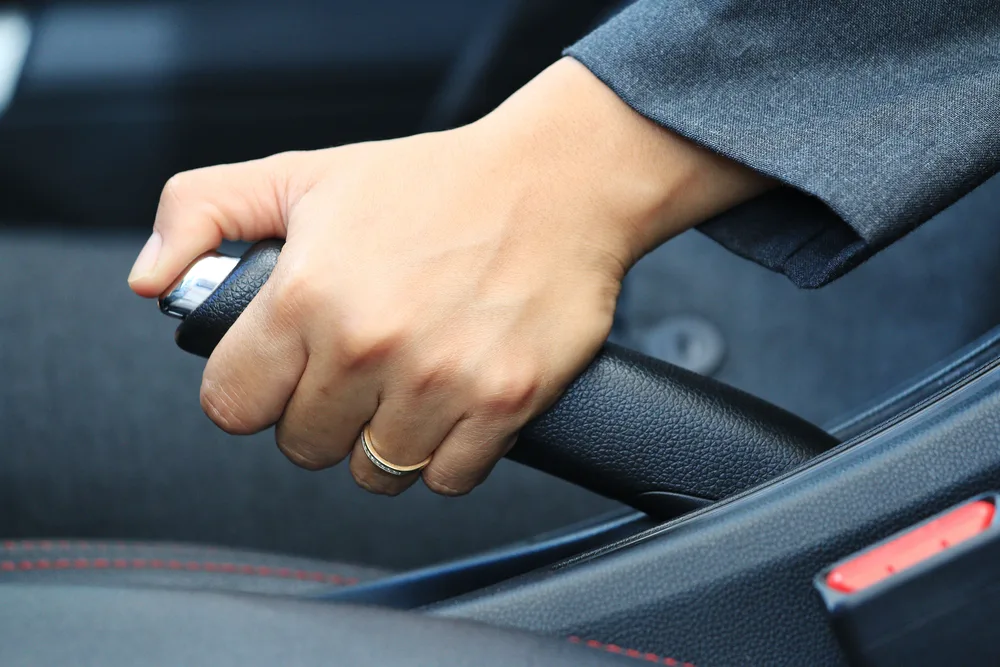
When moving on a slippery surface with low traction, the distance a vehicle needs to stop is greatly increased. This indicates that you have to adjust your driving technique to account for the prolonged stopping time.
When driving on a surface with low traction, such as tarmac, the stopping distance can increase by as much as twice that of normal braking distances. The following are the three main components of the braking distance:
- Traction
- Reaction time
- Stopping time
So, when driving on a low traction surface like dirt, ice, or snow, your reaction time and stopping distance are multiplied by ten. For this reason, it’s best to stay as far back as possible.
2. Handling:

If you drive fast on a surface with low traction, the handling of a 4WD or any other car is greatly affected. The steering is no longer direct and sharp. Driving on low traction surfaces can impact acceleration, stopping distance, and cornering dynamics. Be sure to give yourself adequate time to respond.
When you notice that the car isn’t turning well, traction is probably low, which is why the car is understeering. When there is little surface traction, a 4WD can easily drift in a corner, and an accident is likely to occur if it is not being driven properly.
Keep your movements smooth and gradual on slippery roads to maintain control. Safer driving techniques include progressive braking, slower turning, and lighter throttle pressure.
3. Cornering:
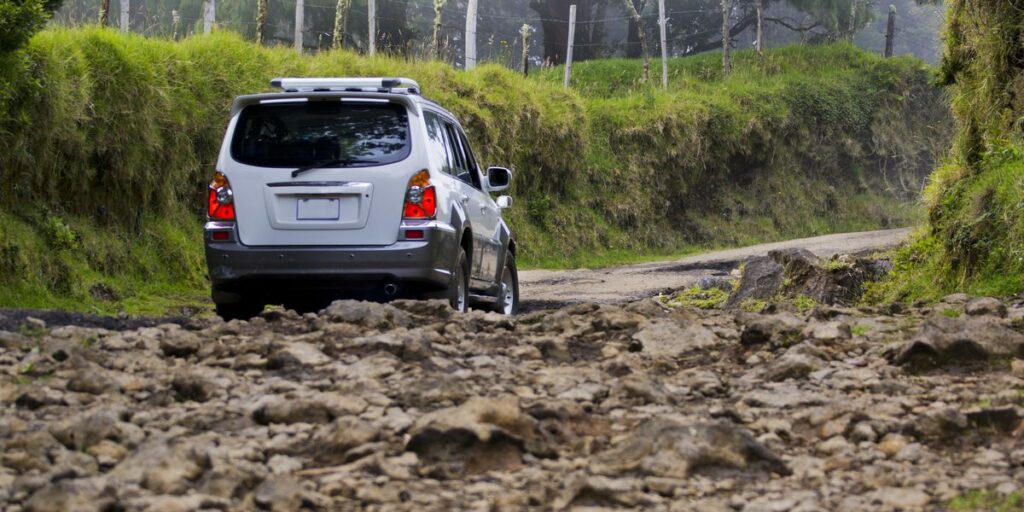
It’s important to consider the vehicle’s dynamics and the changes it undergoes when cornering on a low traction surface. We must be aware of and ready for this because it adversely affects things like cornering, braking, and acceleration.
Avoid abrupt braking and sharp turns when cornering in 4WD on a slick surface. Accidents might happen if the car loses traction and drifts off the road. The weight will shift, and traction will be lost more easily if you brake in the bend; therefore, avoid doing so.
Use progressive braking to gradually apply lighter pressure from further back to slow the car down before the corner. Keep the steering motion smooth and controlled, and don’t make quick, jerky movements.
What is the Difference Between 4×4 High and 4×4 Low?

The main difference between 4×4 High and 4×4 Low is the gear ratio in the transfer case. In 4×4 High, the transfer case sends power to both the front and rear axles, meaning that each wheel receives equal power. This mode is typically used for normal off-road driving conditions.
In contrast, 4×4 Low mode engages a lower gear ratio in the transfer case, which provides more torque and slower wheel speed. In 4×4 Low mode, the transfer case sends power to both the front and rear axles but with a much lower gear ratio, meaning each wheel receives more torque and less speed. It is ideal for trying to climb a steep incline.
When going over 15 miles per hour, 4×4 High is your best bet. Although it would be a steady pace on the roads, you are concerned about the weather. When you’re in full-on work mode, 4×4 Low is your best bet. Generally, 4×4 Low will work well if you keep your speed under 15 miles per hour.
Frequently Asked Questions:
Here are some frequently asked questions about 4 High mode:
Is There a Limit to How Long a Vehicle can Stay in a 4 High Mode?
There is typically no hard and fast limit to how long a vehicle can stay in 4 High mode. However, switching out of 4 High mode is generally recommended when it is no longer needed. It will preserve fuel and reduce wear on the differential.
Is 4 High mode Only Effective in Snow, Ice, and Other Blizzard Conditions?
The 4 High mode works well in winter conditions and is also great on grass, gravel, sand, and mud. The system performs better than an FWD or RWD vehicle on asphalt in terms of grip and power transmission.
What Are the Best Modern Off-Road Vehicles?
Some of the best off-road vehicles on the market include:
- Jeep Wrangler
- Toyota Tacoma
- Chevy Colorado
- Ford F-150 Raptor
- Ram 1500 Rebel
Conclusion
As a 4WD driver who goes on rough terrain, it’s always important to know when to switch between 4H and 4L. It is crucial to understand how fast to drive in 4WD for the sake of your car and cash. Do not try to drive faster than 55–60 mph when in 4WD mode, no matter the road conditions.
Remember that the vehicle dynamics change dramatically on low traction surfaces, and drive accordingly. Ultimately, using 4 High mode appropriately and safely can help improve your vehicle’s performance and provide extra traction and stability in challenging driving conditions.

